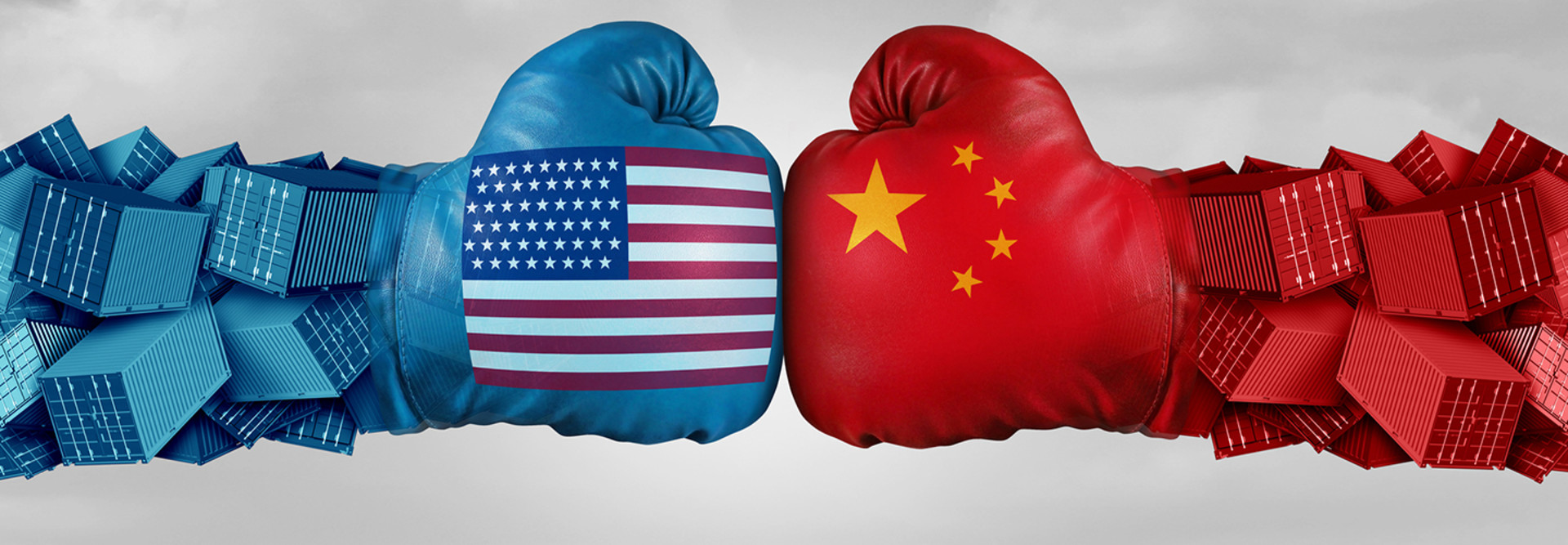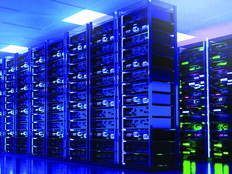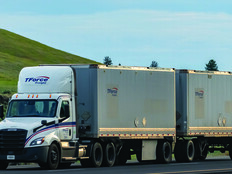Plan Now for Tariff-Related Price Increases
Agencies in the market for new technology have a challenge to face: the potential for extra costs resulting from tariffs on Chinese-produced hardware. At the moment, those tariffs are at 10 percent, but could potentially increase to 25 percent in March. This uncertainty can be frustrating for government officials working within limited budgets.
Short of buying current product at pre-tariff prices as soon as possible, there’s little agencies could do to avoid the cost increases. Instead, potential buyers should make a habit of factoring in future price increases to cover unforeseen expenses due to tariffs.
The fiscal 2019 budget won’t change to accommodate any tariffs placed on technology, and it remains to be seen whether the upcoming FY 2020 budget proposal will cover them. So, it will be up to agencies to prioritize purchases and incorporate flexibility into their spending plans. If a project or a piece of hardware suddenly costs 10 percent more, having a backup plan will be invaluable.
Storage, Networking See the Largest Tariff Impact
But how to prioritize in a fluid pricing situation? The trickiest part is understanding just what technology is affected by the tariffs, and how that affects prices.
The biggest impact so far is seen in networking and server equipment. But the tariffs also affect storage units, semiconductors, power supplies, and other hardware. Some high-volume electronic goods were left off the tariff list, such as flat-screen TVs and smartphones, but many electronic components are affected.
If, for example, an agency wants to buy a desktop computer with Chinese-made circuit boards, monitors made in Japan and memory from Taiwan, the tariff technically applies only to the circuit boards. But the increase in price to account for the cost of the tariff will still probably be passed on to the end consumer, rather than the manufacturer or anyone else in the supply chain.
Unexpected Price Swings Come With the Territory
Agencies should plan for the tariffs to be in effect for at least the next budget year. Should the tariffs vanish, or remain at 10 percent rather than 25, that’s extra money in the budget that can be used for other IT expenditures.
That said, even with the volatility of current trade policy, tariffs may have less immediate financial impact than other unexpected events that affect prices. Floods in Thailand in 2011 caused shortages of hard disk drives that sent computer prices up for at least a year. Factory fires, equipment malfunctions and basic increase in demand can trigger sharp and sudden swings in memory prices by as much as 20 percent. Cryptocurrency mining sent GPU prices through the roof in 2018.
Those events may have had more impact from a percentage standpoint than tariffs will, but such events also come and go. Tariffs are here to stay for the near future; plan accordingly.
This article is part of FedTech's CapITal blog series. Please join the discussion on Twitter by using the #FedIT hashtag.










